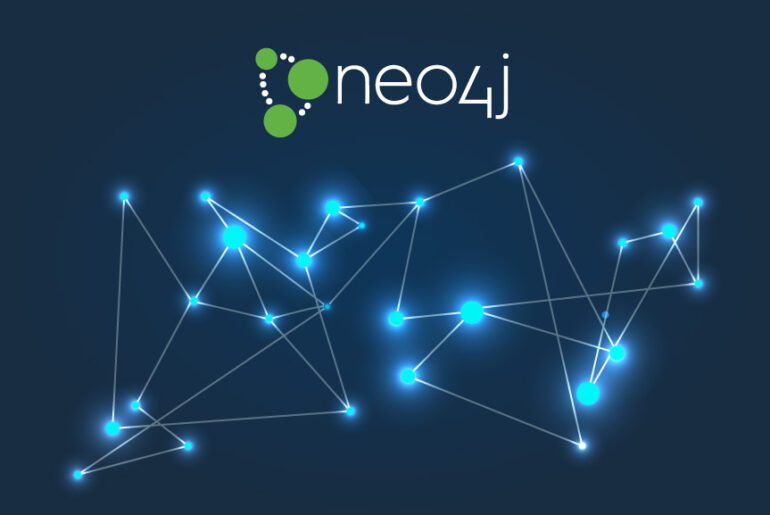TL;DR:
- Neo4j integrates native vector search into its core data capabilities.
- Vector search enhances semantic search and generative AI insights.
- Neo4j serves as long-term memory for LLMs, reducing inaccuracies.
- Combining implicit vector relationships with explicit graph relationships improves accuracy.
- Knowledge graphs validate LLM-generated answers, bridging creativity and accuracy.
- Vectors facilitate contextual understanding of words and patterns.
- Neo4j’s technology benefits from vectors and knowledge graphs for richer insights.
- Hybrid LLMs may use externally built models with proprietary data.
- Human-like problem-solving with vectors remains a distant goal.
Main AI News:
In a significant stride towards augmenting generative AI and semantic search capabilities, Neo4j, a leading graph database company, has unveiled its latest breakthrough: native vector search integration within its core data capabilities. This innovative addition promises to empower customers with deeper insights and accuracy in their semantic search and generative AI applications. Neo4j’s assertion that this advancement will serve as a “long-term memory” for Large Language Models (LLMs) while diminishing inaccuracies is poised to reshape the landscape of AI-driven decision-making.
Elevating AI Precision through Explicit and Implicit Relationships
Emil Eifrem, Neo4j’s Co-Founder and CEO, highlights the value of amalgamating implicit relationships uncovered by vectors with the explicit, factual relationships present in graphs. The seamless integration of vector search and knowledge graphs forms a vital capability for grounding LLMs, thereby enhancing the precision of response accuracy. Grounding involves furnishing LLMs with relevant contextual information to generate accurate responses. This novel approach leverages Neo4j’s knowledge graphs to present factual (explicit) and contextually relevant (implicit) responses, thus delivering the most pertinent and accurate insights to users.
Vectors as a Key to Contextual Understanding
Sudhir Hasbe, Senior Director of Product Marketing and CPO at Neo4j, underlines the indispensability of vectors in the realm of Generative AI and LLMs. He explains that the vector-based storage system equips LLMs with long-term memory, ensuring consistent and reliable outcomes over time. Vectors, in this context, represent a robust means of storing contextual data that aids LLMs in generating contextually appropriate responses.
Revolutionizing Contextual Links with Vectors
The concept of contextual links powered by vectors has been a focus of data science for years. Vectors, represented numerically, capture the nuances and variations of words in a text, enabling precise contextual understanding. This approach, which goes beyond merely resolving word context, is illustrated by the example of differentiating the meaning of the word “bank” based on its financial or geographical connotations. Vectors enable intricate calculations of word distances, facilitating nuanced contextual understanding.
The Role of Knowledge Graphs in Validation
As Generative AI and LLMs evolve, the challenge of accurate responses becomes paramount. Hasbe emphasizes that while these models generate contextually relevant answers, they may also produce “hallucinations” – creatively generated yet factually incorrect responses. Knowledge graphs play a pivotal role in validating LLM-generated answers against existing information, bridging the gap between creativity and accuracy.
Vector Search and Hybrid LLMs
With the increasing scrutiny surrounding public Generative AI and LLMs, organizations are exploring the option of building in-house LLMs while incorporating data from public models. While the idea of using vectors across multiple LLMs is feasible, Hasbe questions the need for multiple models due to the complexities of building and maintaining them. Instead, he envisions organizations adopting externally built models and enhancing them with proprietary data. Knowledge graphs, coupled with vectors, offer a more reliable approach to enriching enterprise use cases.
The Quest for Human Intuition
While Generative AI models exhibit creativity, replicating human intuition in problem-solving remains a challenge. Hasbe acknowledges the progress made in generating creative content but underscores the intricate nature of human problem-solving, suggesting that replicating human intuition with AI-driven vectors is a more distant goal.
Conclusion:
Neo4j’s integration of native vector search marks a significant advancement in AI-driven decision-making. By enhancing semantic search and generative AI accuracy, while also acting as long-term memory for LLMs, Neo4j empowers enterprises to achieve more accurate, transparent, and contextually relevant insights. The combination of implicit and explicit relationships, enabled by vectors and knowledge graphs, holds the potential to revolutionize the way businesses approach data analysis and information retrieval. As organizations continue to seek trustworthy and precise AI solutions, Neo4j’s innovative approach sets a new standard for optimizing data-driven outcomes in a rapidly evolving market landscape.

